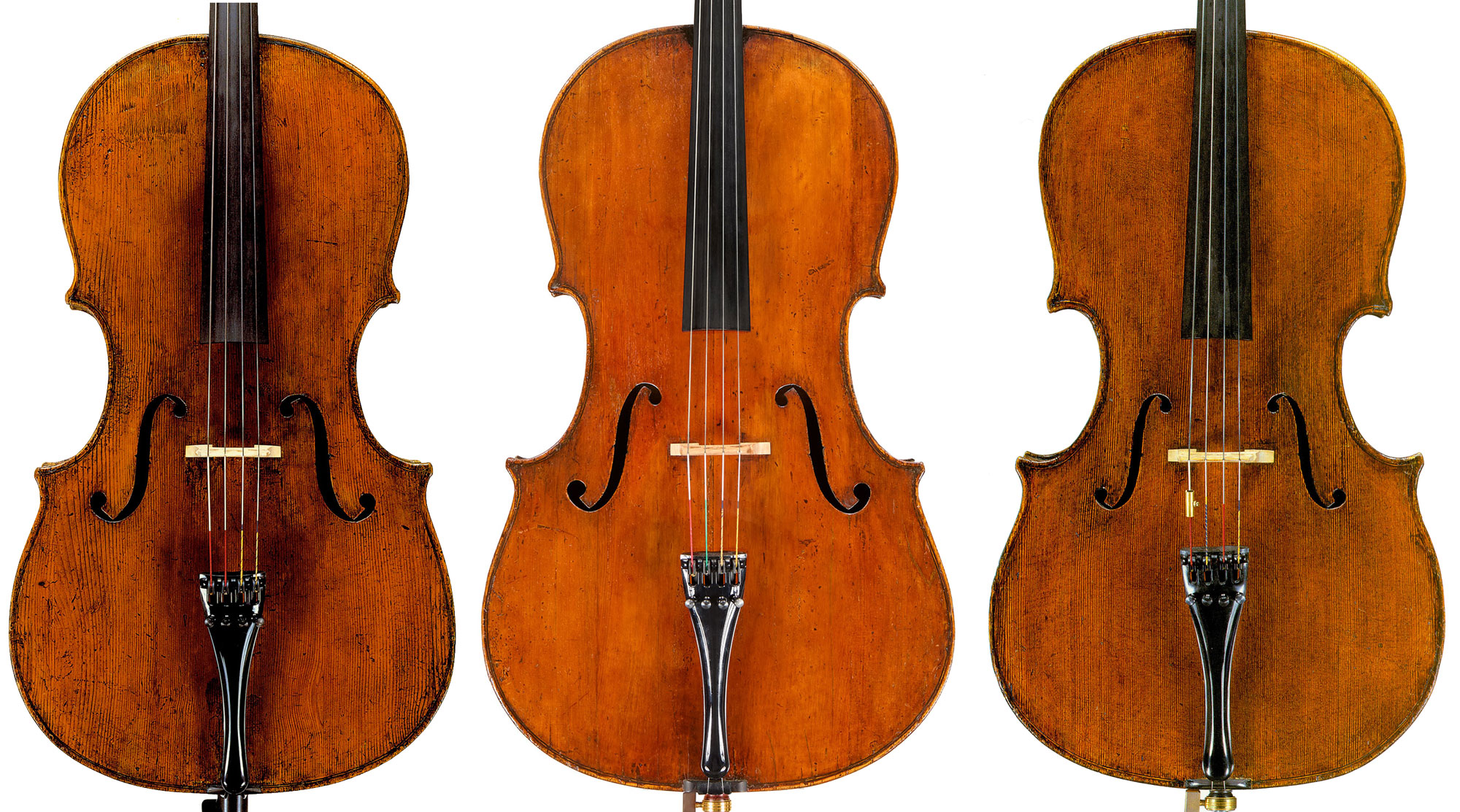Lorenzo Storioni was arguably the most important Cremonese violin maker of the latter half of the 18th century and his work is credited with bridging the classical period into the early 19th-century revival. Despite challenging economic conditions and scarce access to fine materials, Storioni made instruments of bold character and strong tone, sustaining the Cremonese school during a period of decline.
Storioni’s cellos are particularly rare, significant and highly coveted. We have records of nearly 300 violins in the Cozio archive but know of fewer than a dozen cellos. The fine Storioni featured as Lot 18 in our November sale is believed to be the first full-sized cello to ever be offered at auction.

Lorenzo Storioni was born on November 10, 1744 just as the classical period of violinmaking in Cremona was coming to an end. From 1737 to 1747 nearly all the great lights of the classical Cremonese era were extinguished: Antonio Stradivari died in 1737, Girolamo Amati II in 1740, Omobono Stradivari in 1742 and his brother Francesco in 1743. Guarneri del Gesù died less than a month before Storioni was born and Carlo Bergonzi, the last of the great Cremonese makers, died in 1747 when Storioni was still a child.
Stylistically, Storioni’s work is full of charm and individuality but is also often referred to as rough and unrefined. He frequently used local Lombardy poplar or field maple, which had inconsistent grain and sporadic flaming. Some of his most well-known instruments feature dramatically figured root wood, giving them a striking appearance. His instruments have often been compared in appearance and sound to Guarneri del Gesù. There are indeed some stylistic similarities – open c-bouts, slanted soundholes, low arching – but I think it would be more accurate to say Storioni’s work often followed the spirit of the great maker, more than specifically the style.

Three Storioni cellos. Technically there’s more variation than continuity – the dimensions, proportions, and curves are all subtly different – but the cellos are clearly brothers.
This cello is exceptional and a suitable match for a top-level cellist. Many of the other Storioni cellos we know are small-sized (under 70cm in back length), whereas this instrument measures 72.7 cm, with full bout widths of 34.7 and 45.0 cm, enabling it with the power to deliver a full and magnificent sound. Additionally, the materials are of superior quality, featuring a well-flamed two-piece back of fancy maple, rather than local, less flashy wood.
Storioni’s soundholes and scrolls are highly distinctive. As we see in this example, the soundholes are often set at a steep incline flowing gracefully into the arching and not stiff or overly symmetrical. The heads feature a long, extended pegbox with pairs of “grouped” peg holes. In a cello, the A and C pegs are grouped together, as are those of the D and G. Storioni scrolls are generally oversized with a deeply cut volute whose final turn extends beyond the usual terminus. The edges are finished with a fine chamfer but otherwise not much attempt is made to clean up toolmarks.
